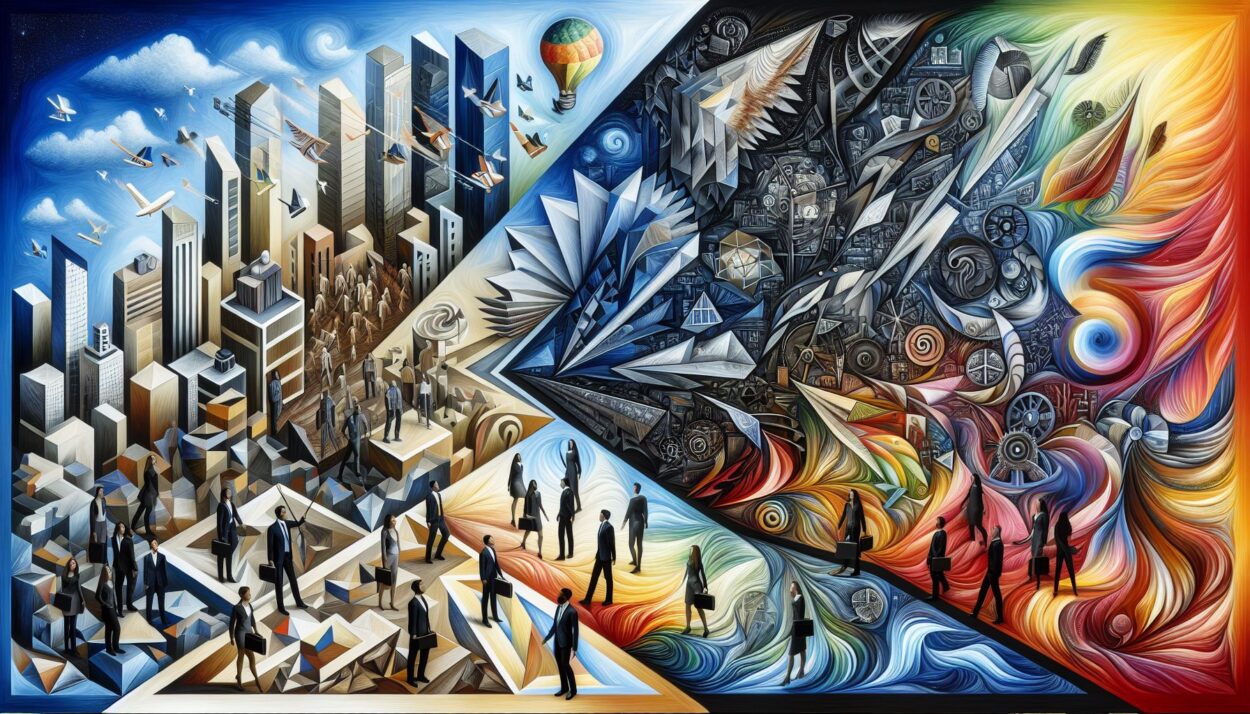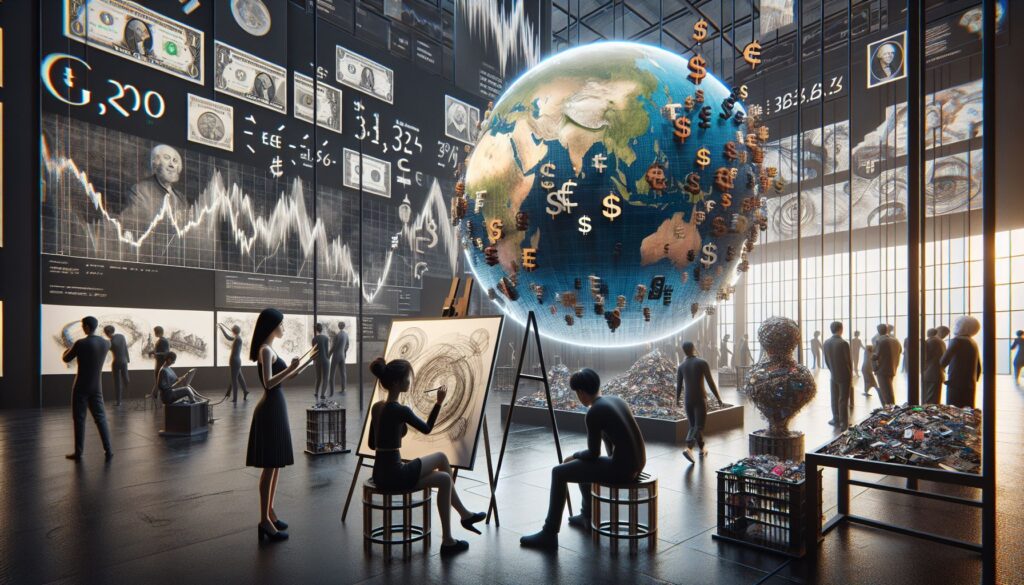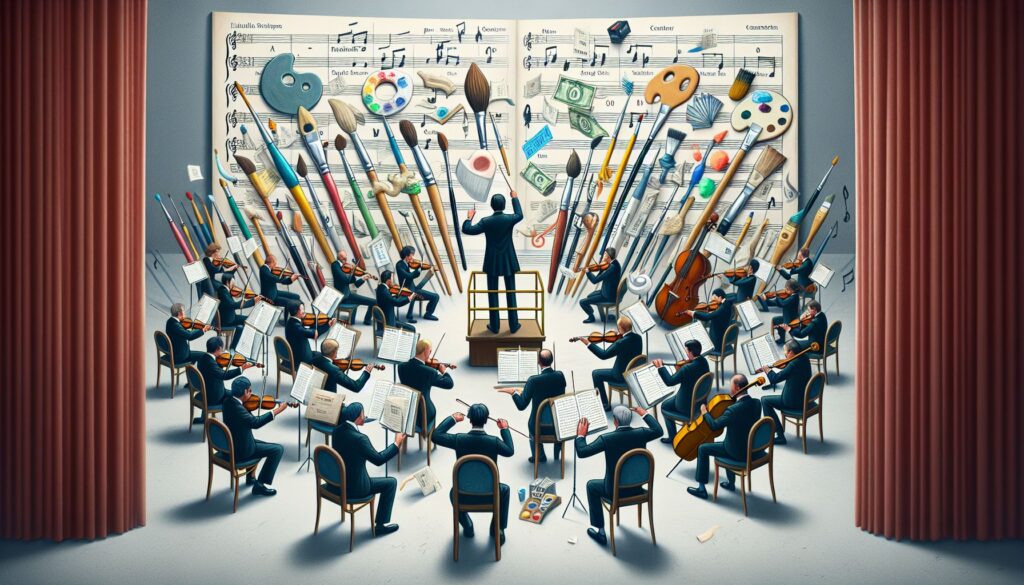Immersing oneself in the swirling vortex of art is an extraordinary journey, traversing the nuanced landscapes of human cognition and emotional depth. Once regarded as separate entities, the worlds of contemporary art and business are increasingly interlaced, creating a fascinating tapestry emblematic of our dynamic 21st-century society.
As we delve into the evolving marketplace, it becomes apparent that the intersection of art and entrepreneurship is a vibrant and growing sector. With this clash of creativity and commerce, the boundary that divided the artistic sphere from the market sphere appears more blurred than ever.
The proliferation of art startups and emerging artist-entrepreneurs has been a testament to this trend. These ventures are redefining traditional business models, harnessing creativity as a catalyst for innovation. For instance, Art.sy, an art recommendation engine connecting collectors to artwork based on an algorithm, serves as an excellent example of how artistic potential can be commercially exploited without compromising its core essence.
Additionally, the surge in artist-led initiatives such as crowdfunding campaigns, online art platforms, and collaborative art spaces indicates that artists can be entrepreneurial while still maintaining their authenticity. These innovations are not only empowering artists but also democratizing the consumption of art.
A significant trend gaining momentum in this realm is the use of technology to facilitate and enhance art experiences. With digital art platforms, virtual reality galleries, and blockchain art marketplaces, the global art marketplace is step-by-step transforming into a digital entity. This technological shift is not merely a temporary reaction to the pandemic but rather an enduring trend promising to respin the future of the art world.
While this amalgam of art and business is fascinating, it’s crucial to remember that it’s still in its early stages, meriting a fair share of skepticism. The persistent debate around the commercialization of art and its impact on creativity reveals the tension at the heart of this intersection.
As we continue to navigate this evolving landscape, we observe an exponential growth of solutions that bring creativity, profitability, and sustainability altogether on the table. The upshot is a new era of artist-entrepreneurs who perceive the market not as a constraint but as an avenue to expand their artistic potential.
Looking toward the future, the art sector is set on an exciting trajectory. With the boundaries between commercial and creative becoming increasingly porous, it’s not hard to imagine a future where art startups become as mainstream as tech or finance ventures. However, the journey towards this future is not without its challenges.
An intrinsic challenge that dominates this sector is striking the right balance between financial sustainability and artistic integrity. In the pursuit of monetization, the danger of art losing its soul and becoming just another commodity is real. Therefore, the challenge for the artist-entrepreneur lies in maintaining the delicate equilibrium between economic imperatives and artistic value.
In conclusion, as we stand witness to a surge of creativity pouring into the business arena, a new age of art entrepreneurship materializes on the horizon. The implications are immense and transformative, promising a future where art contributes to commercial value as much as it does to cultural richness. Despite these promising prospects, let’s bear in mind that with each step into the unknown, there’s an inherent requirement for finding balance. In the context of the thriving intersection between business and contemporary art, this challenge revolves around maintaining the authenticity of creative expression amid market demands. Only then can the canvas of business truly reflect the richness of contemporary art, blending the beautiful chaos of creativity with the structured logic of commerce.




